What are Speech Sound Disorders?
A gift that most of us take for granted in life is the effortless
A speech and language therapist or speech language pathologist is a licensed professional who specializes in the identification and treatment of communication disorders. Speech and language therapy is traditionally conducted in face-to-face visits, but it has become more and more common since the beginning of the COVID-19 pandemic to attend speech therapy visits remotely. Remote visits are conducted via video conference programs like Zoom, Google Meet, or Doxy. To practice and correct identified speech and language skills, the speech and language therapist will select different materials – toys, puzzles, worksheets, etc., to address the goals and build on the skills of that individual child. Some of the most frequently encountered communication disorders are speech sound disorders. A speech sound disorder might present as an articulation disorder (where one specific sound is affected) or as a phonological disorder (where patterns of sounds are affected). These speech sound disorders result in speech that is difficult for others to understand because of distortions, substitutions, or omissions of certain speech sounds. Kokolingo was specifically designed to work on awareness and speech sound production using structured speech therapy exercises.

The correction of a speech sound disorder relies on sequenced mastery of multiple related skills. Therapeutic exercises for correct articulation of speech sounds are presented in several stages, which can overlap with each other. At the very beginning, the exercises should focus on foundational speech skills – auditory discrimination of speech sounds (listening to and differentiating similar basic sounds) and basic control of speech organs in isolated sound production. Once the child has acquired these skills, they can start to practice the same basic sounds but now in combination with other consonants and vowels in short 1 syllable words or nonsensical single syllable sounds. Once a child has mastered the correct pronunciation of basic syllables and short words, accurate pronunciation will continue to become more automatized in longer sequences of sounds. The child will become comfortable embedding the target sound in phrases, sentences, and eventually, entire conversations. Kokolingo follows this therapeutic sequence of progression, from carefully laying the foundation to the mastery of skills. Kokolingo strategically scaffolds your child's ability to produce correct sounds in ever more challenging circumstances.
Before targeting the correct production of a speech sound in speech therapy, it is important for your child to learn to discriminate similar speech sounds. Sounds like /s/ and /z/ or /t/ and /d/ can seem quite alike. The auditory discrimination of speech sounds is a prerequisite for eventual correct pronunciation of those sounds. In other words, awareness comes before ability. In Kokolingo, auditory discrimination activities are located at the first island, in a section called Listen Carefully. Auditory discrimination of speech sounds can be practiced in two activities – Treasure Hunt and Coloring Book. In each of these activities, the child practices careful listening to differentiate similar speech sounds. The general task is to decide which words contain one sound (/d/ for example) and which ones contain another similar sound (in this example, that would be /t/). The spoken words in these activities are reinforced with pictures. The child needs to click on and listen to the correct pronunciation of the word or speech sound that is being practiced. Each word can be repeated as many times as is needed for an accurate response. This listening exercise helps your child learn to discriminate similar speech sounds and serves as a foundation for all speech practice moving forward.
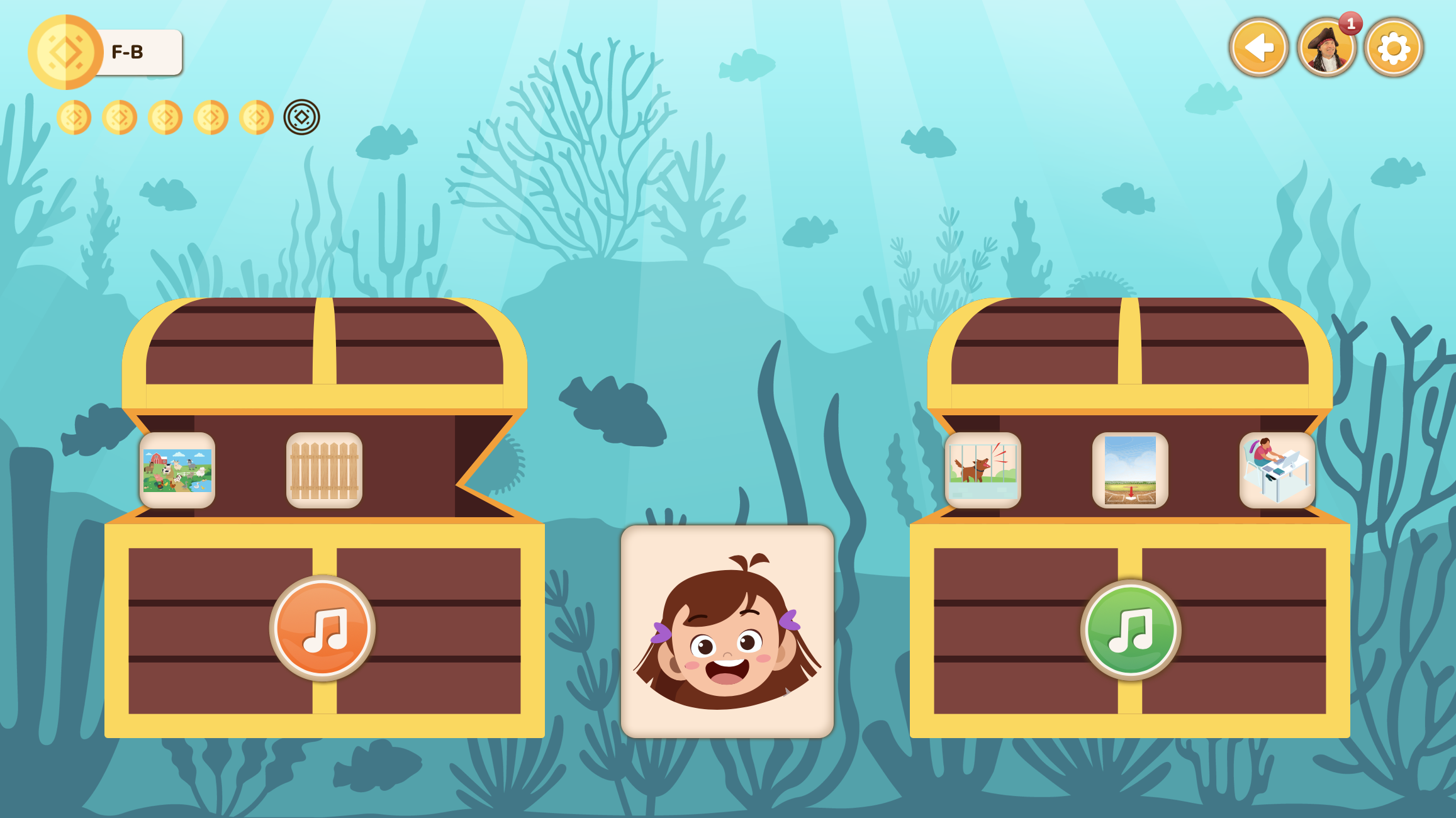
For the correct production of speech sounds, your child needs to be able to move their articulators (lips, tongue, teeth, and lower jaw) with precision and at will. To achieve this mastery, speech therapy must simplify initial practice to target the most basic mouth movements first. These are the elemental movements needed to produce consonants and vowels in isolation. Reflecting the many ways that we must move and sustain mouth positions for different speech sounds and combinations of sounds, we must intentionally practice both static exercises (in which the child needs to keep their tongue or lips in a certain position for a few seconds) and dynamic exercises (in which the child needs to move their articulators in a certain way).
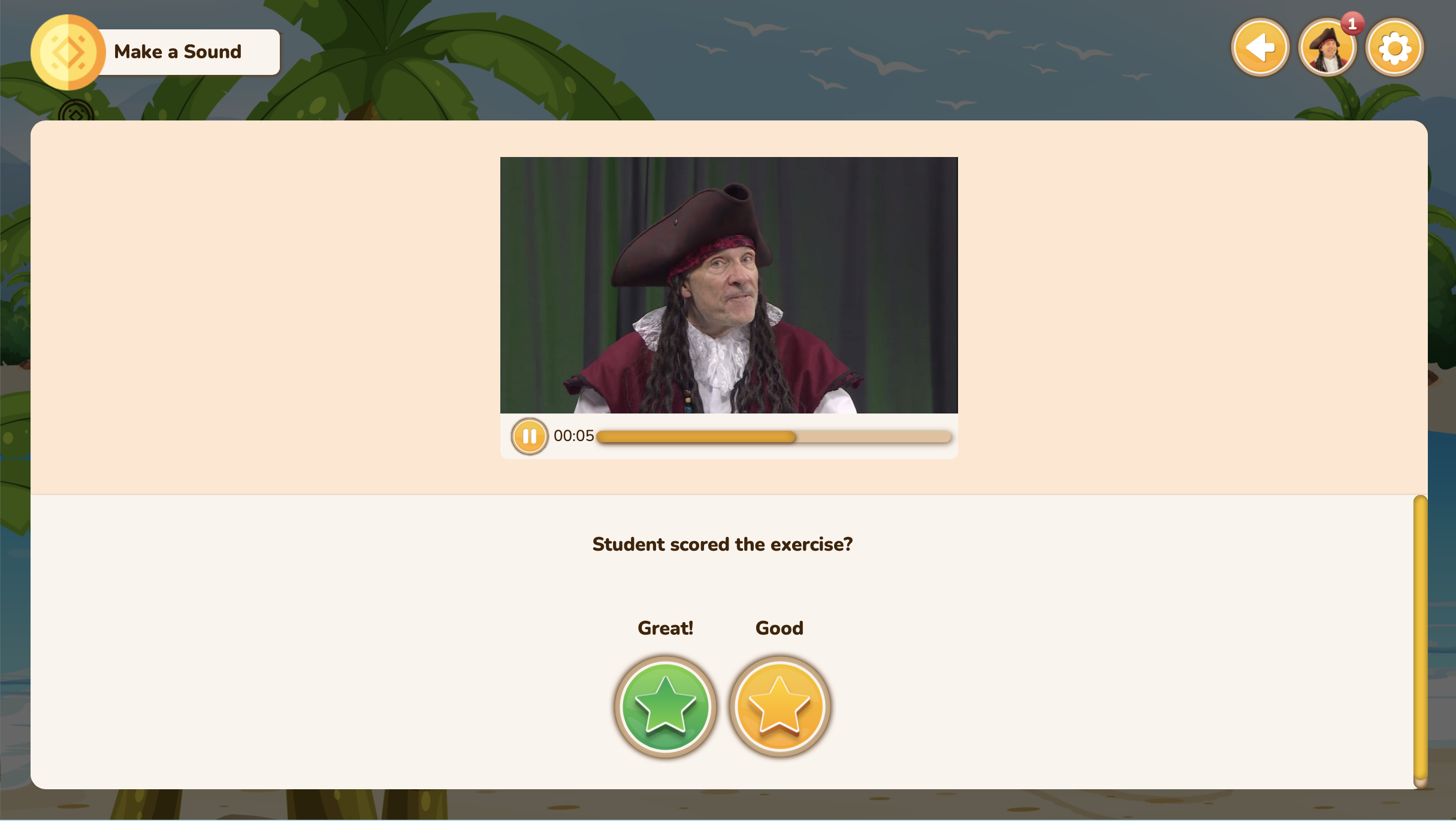
In Kokolingo, these exercises can be found on the first island, and are named Make a Sound. The examples are performed by Lucky the Pirate, and the child will be prompted to repeat the exercises after him. These exercises improve both strength and precision of the articulator muscles and build your child's muscle memory for basic movement patterns. Observe your child for possible signs of fatigue after several minutes of practice with these exercises; You may find it is better to practice in short bursts rather than long stretches.
After practicing sound production in isolation (for example positioning our articulators for a sustained “sssss” consonant or a sustained “oh” vowel) the next step is to begin practicing simple one-syllable consonant vowel combinations as a building block towards producing longer words and phrases. Sometimes these syllables have meaning (“sss” and “oh” make the word “so” when put together) but many times the syllables don't have any intrinsic meaning. Syllables without a meaning on their own are still important to practice as they can be building blocks for longer multi-syllable words. Speech and language therapists put together lists of consonant vowel combinations depending on which speech sound is being targeted. At the beginning of this kind of practice, it is a good idea to target easier movement patterns first and introduce more difficult patterns as the child grows in ability and confidence with their skills.

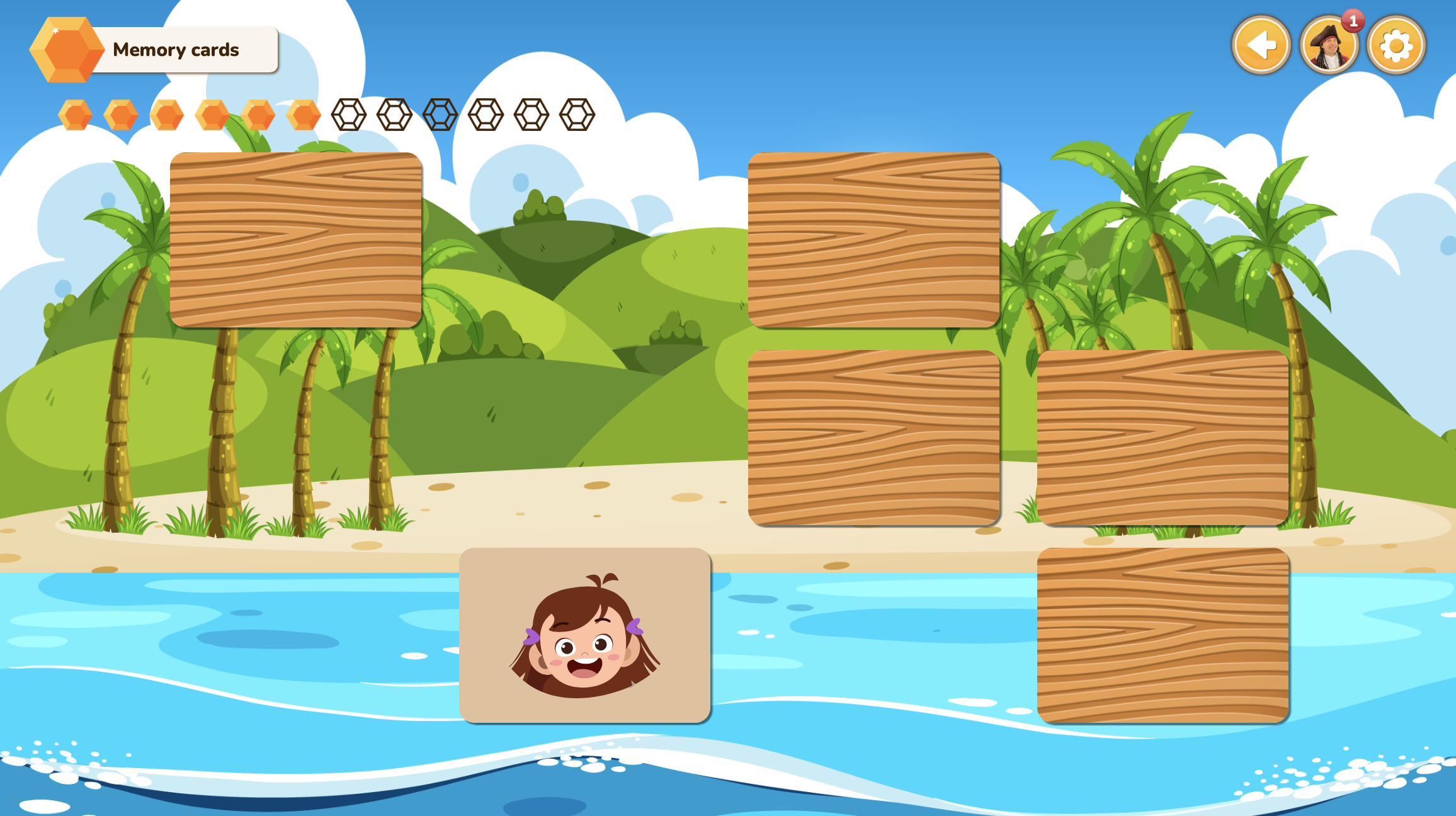
In Kokolingo, the games practicing consonant vowel combinations are called Funny Words, because the “words” we ask you to repeat will sound a bit strange. You can practice them in two different activities, Climb Up and Hidden Pictures. In these activities your child needs to pronounce just one syllable (e.g., “pah” or “fee”) or one syllable pair (e.g., “pah – poh” or “fee – fai”). The most common method of practicing correct pronunciation is through use of word lists, so we created three activities for this purpose – Flash Cards, Find the Words, and Memory. These activities will specifically help your child practice words containing their target speech sound in initial position (beginning of a word), medial position (middle of a word), and final position (end of a word). Your child systematically acquires correct pronunciation of certain speech sounds, starting with the position in which it is easiest to get the correct pronunciation, and moving toward the positions in which it is more complex to attain correct pronunciation. These activities correct pronunciation and also enhance attention, concentration, and working memory.
By practicing speech sounds first in syllables and short words, correct pronunciation is learned in small, isolated linguistic units. When carrying these skills over into sentence-production, the child will be challenged to automatize correct pronunciation within longer units of speech. They continue to build skills starting with shorter sentences, and then, with practice, longer and more complex sentences. Kokolingo contains four activities for the automatization of correct pronunciation in longer connected speech: two activities for practicing sentences – Wheel of Fortune and Finish it Correctly, and two activities for practicing stories – Let's Read Together and Let's Read and Think It Over. These exercises follow a logical pathway from shorter, simpler sentences to longer, more complex ones. Of course, if the child is not able to repeat long sentences, we can always divide them into two or three shorter phrases. We do not want the child to feel frustrated but instead feel motivated to work toward a reasonable and attainable goal.
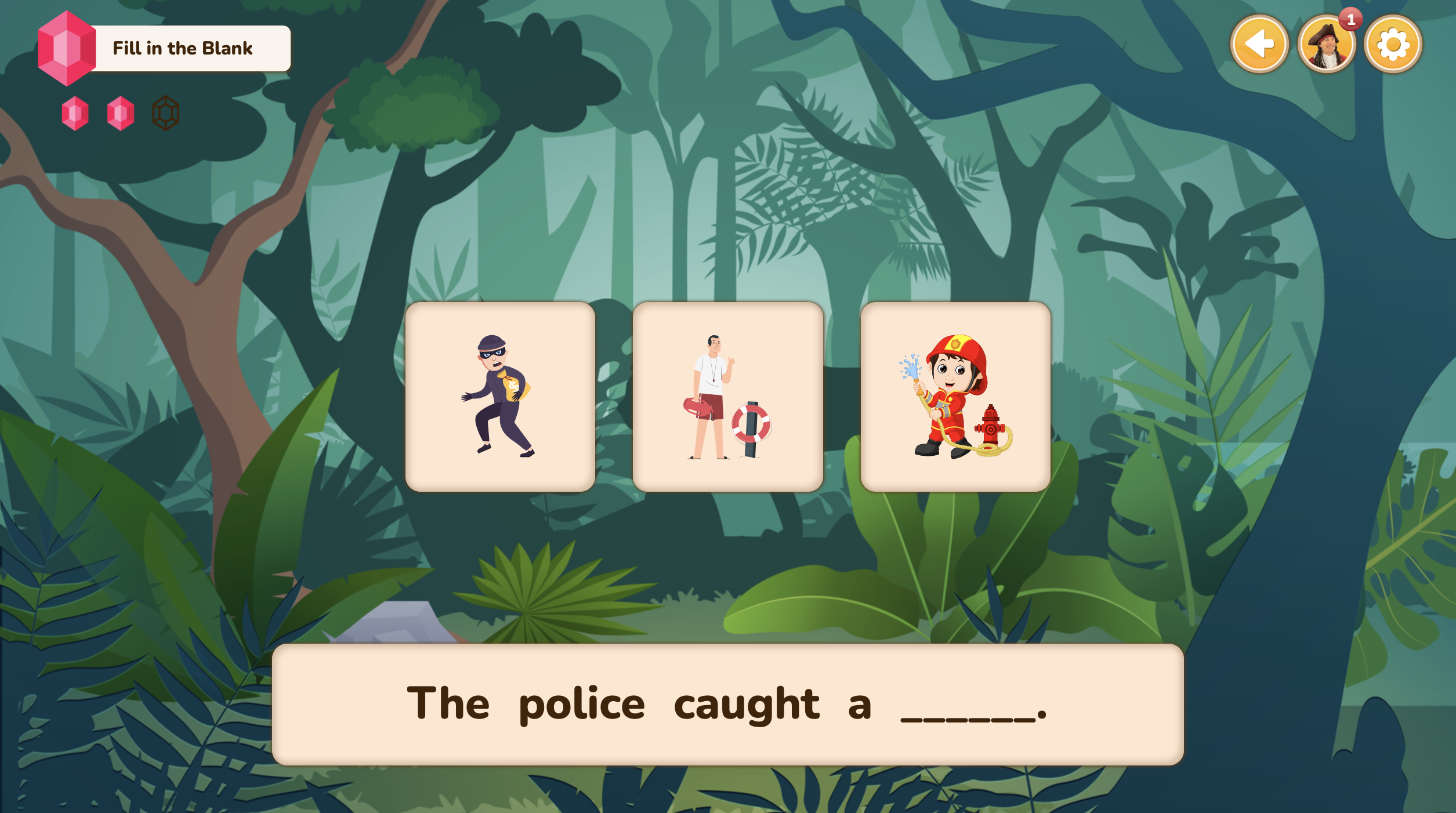
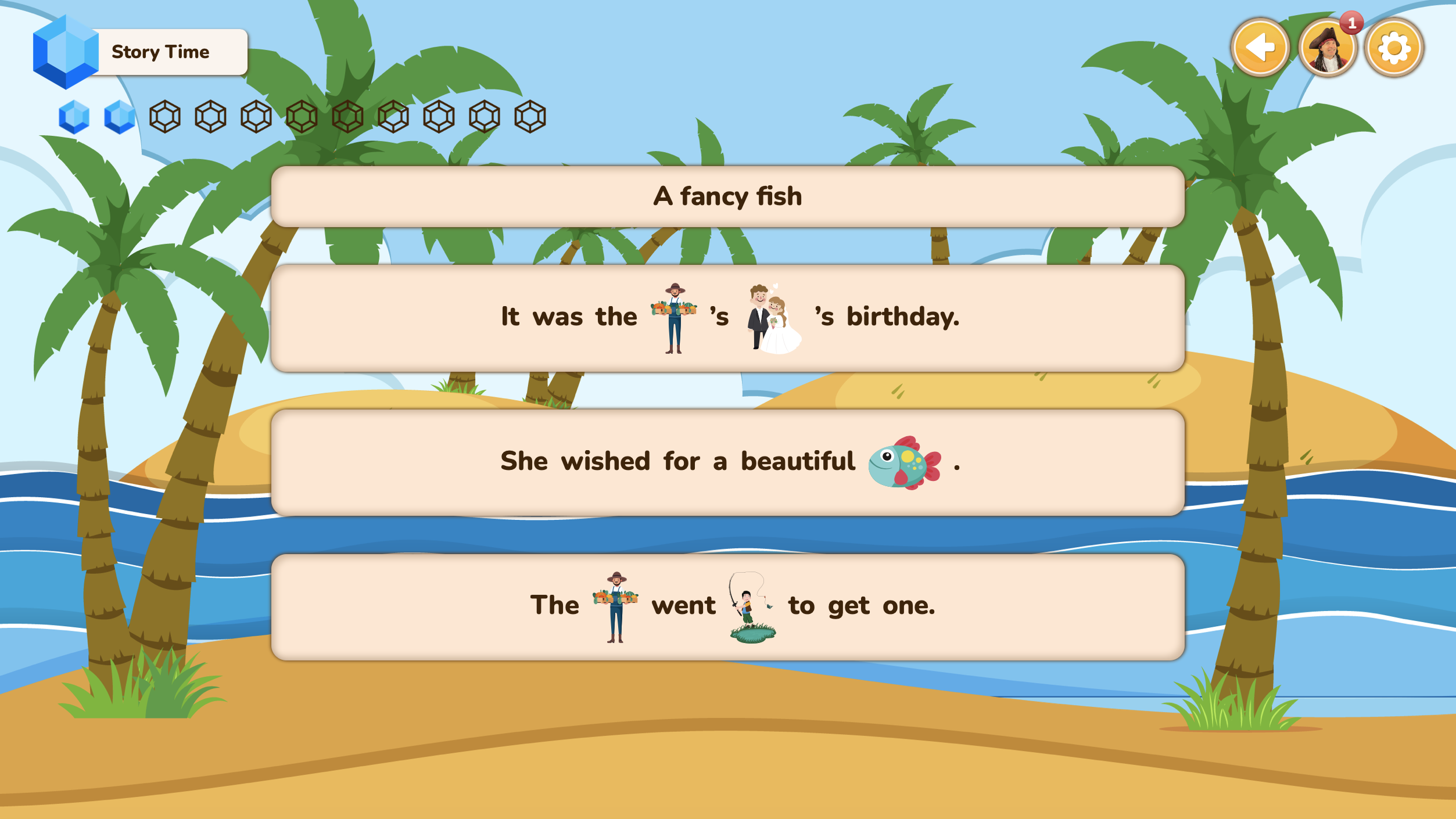
When practicing correct pronunciation, we need to be systematic, consistent, and motivated to work toward our goals. For a child to feel motivated to complete speech activities, the exercises have to be fun in order to keep a young mind engaged; After all, kids learn through play. Kokolingo was designed to promote regular and systematic practice and offer progress monitoring, motivators, and fun activities. Because Kokolingo is a digital tool, it is ideal for children who are not motivated by printed materials or objects. It makes the speech therapist’s work and parents’ home exercises easier. Most importantly, it is fun for children.
Author: Krešimir Perša, Speech and Language Therapist